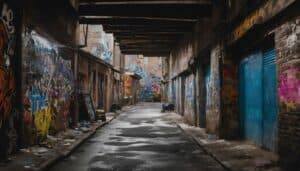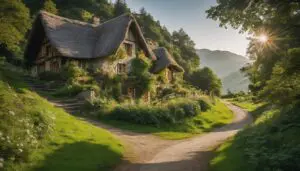El Andalus Park: Sustainable Greenery and Heritage between the Edges of the Nile
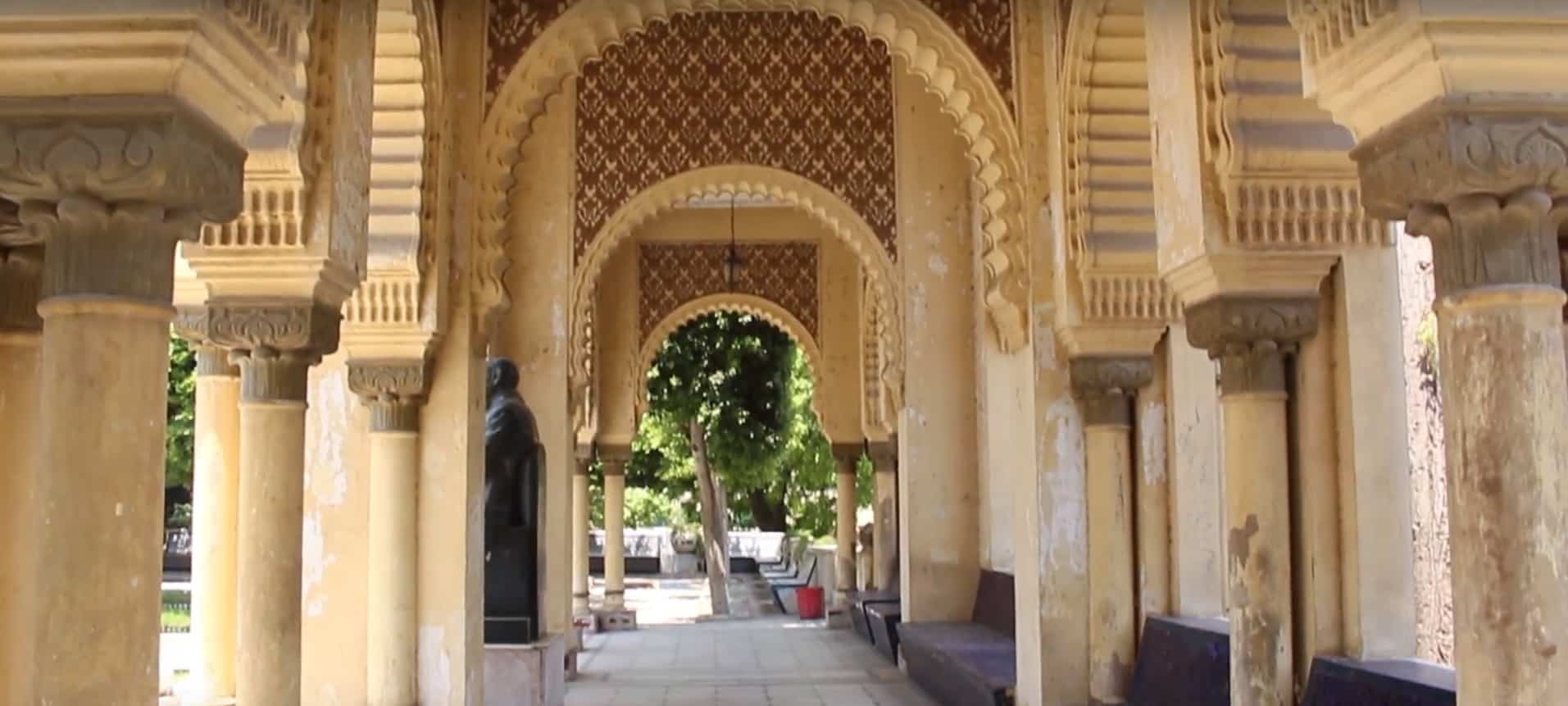
Updated On: April 07, 2024 by Yomna Salah
El Andalus Park, Cairo, is a hallmark of the city of Cairo, a densely populated city with over 20 million residents, but with green spaces few and far between. Many parks in the past and present have survived the urban sprawl, and more extensive attention is constantly given to preserving and increasing Cairo’s green spaces. One of the districts known for its vast green spaces is the island of Zamalek. The southern part of Zamalek is where the greenery is most preserved; this is partially because three sporting clubs are located there, and Zamalek itself has been a lush destination for Cairenes and foreigners alike.
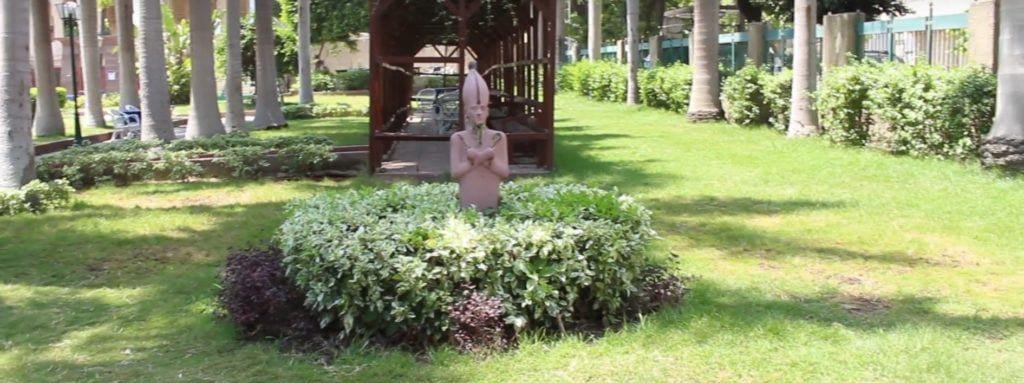
El Andalus Park: A Gem in the Heart of the Nile
Enter El Andalus Park. It is one of several formal gardens in the Al-Gezira area that are popular strolling spots for couples and groups in the morning and afternoon. It is relatively small but adjacent to the Nile, and it is also lovely during the day as it has plenty of shade from palm trees and vine-covered pergolas.
Zamalek is best approached across the Qasr el-Nil (Tahrir) Bridge from the famous Tahrir Square, which brings you to Gezira Square. In the proximity of the park lies many exciting and famous landmarks of the capital. Look at the middle of Al-Gezira Square. You will find a statue of Saad Zaghloul, a nationalist leader of the 1930s, the founder of the Waqf party and the first prime minister of the independent monarchy of Egypt dominates it.
A Botanical Paradise
One of the defining features of El Andalus Park is its diverse botanical collection, showcasing a wide array of plant species native to Egypt and the Mediterranean region. Visitors meander through the winding pathways and encounter a tapestry of colours and fragrances, from blooming roses to fragrant citrus trees.
The park’s botanical garden serves as a living laboratory, offering educational programs and workshops on horticulture, conservation, and environmental sustainability. It provides a valuable resource for researchers and botanists seeking to study and preserve endangered plant species, contributing to efforts aimed at biodiversity conservation.
Exploring the Park
Covering an area of over 100 acres, El Andalus Park offers plenty to see and do for visitors of all ages. From strolls along winding paths to picnics on the grassy lawns, there’s something for everyone to enjoy.
One of the park’s main attractions is its beautifully landscaped garden collection. Filled with a riot of colours and fragrances, these gardens are a feast for the senses, offering a peaceful retreat from the hustle and bustle of the city. Visitors can wander among rows of flowering plants and shrubs, pausing to admire the intricate designs of the garden beds or simply bask in the beauty of nature.
In addition to its gardens, El Andalus Park is home to several stunning architectural features. At the heart of the park stands a majestic fountain, its cascading waters providing a soothing soundtrack to the surrounding greenery. Nearby, visitors will find a series of ornate pavilions and gazebos, perfect for relaxing in the shade on a hot summer’s day.
For those interested in history and culture, El Andalus Park offers plenty of opportunities for exploration. Several ancient ruins are hidden among the trees and bushes, remnants of the park’s storied past. Visitors can wander among these ancient relics, imagining the grandeur of centuries gone by.
Recreational Activities
While El Andalus Park is primarily known for its natural beauty, it also offers various recreational activities for visitors of all ages. Picnic areas provide the perfect setting for alfresco dining, with tables and benches scattered throughout the park for visitors to enjoy a meal amidst the greenery.
The park boasts various sports facilities for those seeking more active pursuits, including basketball courts, tennis courts, and football pitches. Fitness enthusiasts can also take advantage of the park’s jogging tracks and exercise stations, which offer opportunities for outdoor workouts in a scenic setting.
Children are well catered for at El Andalus Park, with playgrounds equipped with swings, slides, and climbing frames providing hours of entertainment. Families often flock to the park on weekends and holidays, enjoying quality time together amidst the natural beauty of their surroundings.
Provenance
Zulfugar Pasha built the park in the late 20s of the past century as a gift for his wife. The architect originally designed the landscape to be part of the royal mansion of Khedive Ismail, and its former grandeur can still be felt today. The park covers a slightly massive area of 8,400 square metres.
The park has three sections: the first is the “Al-Ferdous” section, which has an Arabic design and architecture. This section has two round terraces at the park’s edge, where you can enjoy refreshments apart from several well-hidden sitting areas in covered green sheds. Palm trees tower the garden, giving an admirable feeling of seclusion from the surrounding streets while, at the same time, well-defining the paved passageways.
The second section was built in an Andalusian style with mosaic steps and a royal hall and is more symmetrical than the previous section. A central fountain dominates the area, and a statue of Ahmed Shawqi is located in an arched royal hall at the highest point overlooking the garden and a central fountain—more on Shawqi in a second.
Finally, the third section is a Pharaonic section with replicas of ancient Egyptian statues depicting Pharaohs and lions.
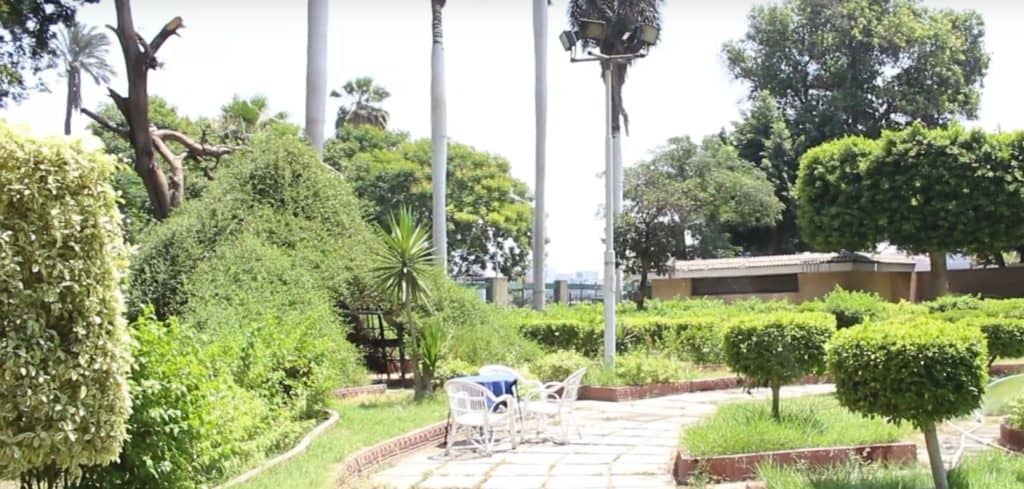
There may be some confusion regarding the park’s limits: there are two separate fenced parks separated by Qasr el-Nil Bridge and a roundabout adorned by the statue of Saad Zaghloul. Both parks (or the one park with two parts) have the same name, each with an official entrance. A 1946 map shows the park labelled “El-Tahrir Garden” instead of the “Andalusian Garden north of the bridge”.
The park is impressively well-maintained and retains its original design and landscaping despite its ten-year closure from 1991-2001 (supposedly for a renovation but probably as part of the post-1991 anti-Iraq War protests crackdown on public space). There are some royal palms, among other species of palm trees, and a few ancient indigenous trees that were probably left untouched when this island was uninhabited.
The park is decorated with statues and busts of Egyptian and South American nationalist figures, most probably all the work of Mahmoud Mokhtar, the famous Egyptian Sculptor whose own museum was built in 1962 in the same park. The most unique aspects of the park are the preserved old structures designed in the traditional Andalusian architectural style, based on designs from Moorish Spain. The lush greenery is studded with colourful mosaic benches and steps surrounding a large fountain.
Cultural Events and Festivals
In addition to its recreational offerings, El Andalus Park serves as a vibrant cultural hub, hosting various events and festivals throughout the year. The park’s event calendar is filled with activities celebrating Cairo’s rich cultural heritage and artistic talent, from live music performances to art exhibitions.
One of the park’s most popular events is the annual Spring Festival, which takes place each April and showcases the beauty of the park’s floral displays in full bloom. Visitors can admire intricate flower arrangements, participate in gardening workshops, and enjoy live entertainment against the backdrop of the park’s scenic vistas.
Throughout the year, El Andalus Park also hosts community gatherings, educational programs, and environmental initiatives to raise awareness about conservation and sustainability. These events provide opportunities for locals to come together, share experiences, and foster a sense of community spirit.
The Prince of Poets
Bear in mind that El Andalus Park is dedicated to Ahmed Shawqi. Its precisely laid out terraces, neatly clipped trees, colourful tiles and sculpture resonate with the atmosphere of medieval Spain, Andalusia to the Arabs, to which Shawqi was exiled in 1915. So there was, once, in Egypt, a profound appreciation of the poet’s work – sufficient for him to be commemorated with a lovely garden right beside the Nile.
Shawqi pioneered the modern Arabic Literary movement and is also known to have produced distinctive poetry and dramas widely considered the most prominent of the 20th-century Arabic literary movement. His home in Giza, which he bought in 1914, provided a meeting space for musicians, singers, statesmen, and literary writers. The site became the Ahmed Shawqi Museum in 1977.
A few steps away, in the simpler gardens of the Cairo Opera, there’s another statue: this time, of Shawqi’s protege, the musician and composer Mohammed Abdel Wahab, who set many of Shawqi’s poems to music, including for Umm Kalthoum.
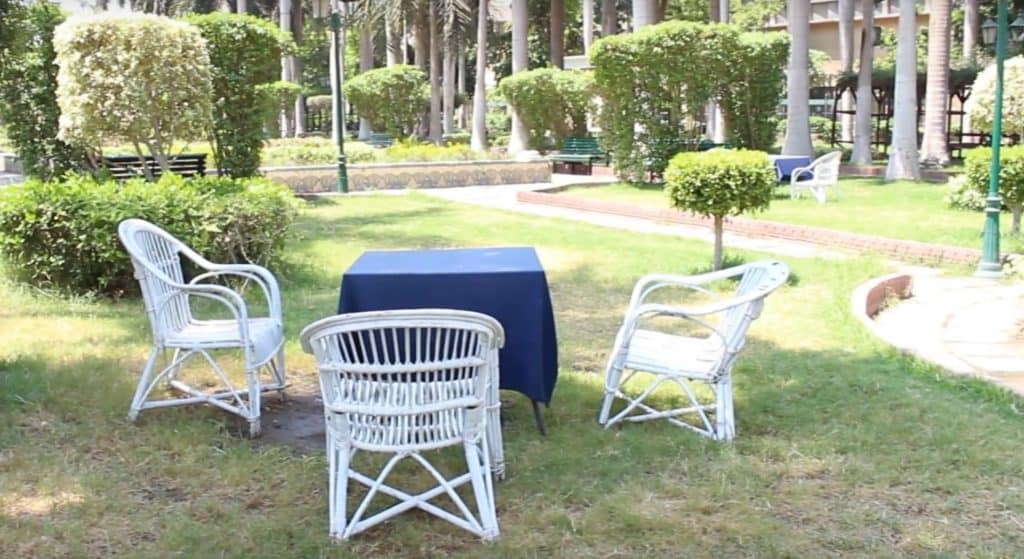
The Small Island of Heritage
Directly behind the Statue and facing the square is the entrance to the Cultural Centre building, located within the Cairo Opera House grounds, inaugurated in 1988. However, the Cultural Centre is a late addition to the complex where many art exhibitions occur.
Nearby, the 187-meter Cairo Tower is easily spotted; the island’s landmark was built between 1956 and 1961 and is 43 meters higher than the Pyramids of Giza. On a clear day, one can enjoy a fantastic panoramic view of the city from the top of the concrete lotus blossom of the Cairo Tower.
In conclusion, El Andalus Park is a walk-through nature with a breathtaking Nile view, attractive natural beauty, and unique architectural art. Enjoying a mixture of distinct cultures, human civilizations, and nature is a great escape.
Conclusion
In the heart of Cairo, amidst the hustle and bustle of urban life, El Andalus Park stands as a sanctuary of natural beauty and tranquillity. From its lush gardens to its recreational amenities, the park offers a welcome escape from the chaos of the city, inviting visitors to reconnect with nature and enjoy moments of peace and relaxation.
As a symbol of Cairo’s cultural heritage and commitment to conservation, El Andalus Park serves as a recreational space and a testament to the city’s enduring legacy. Through ongoing preservation efforts and community engagement, this verdant oasis thrives, enriching the lives of all who can experience its beauty.



